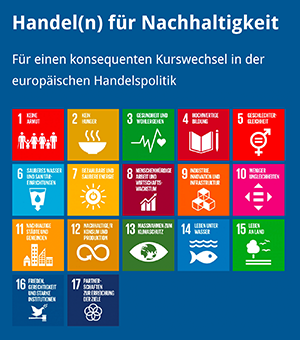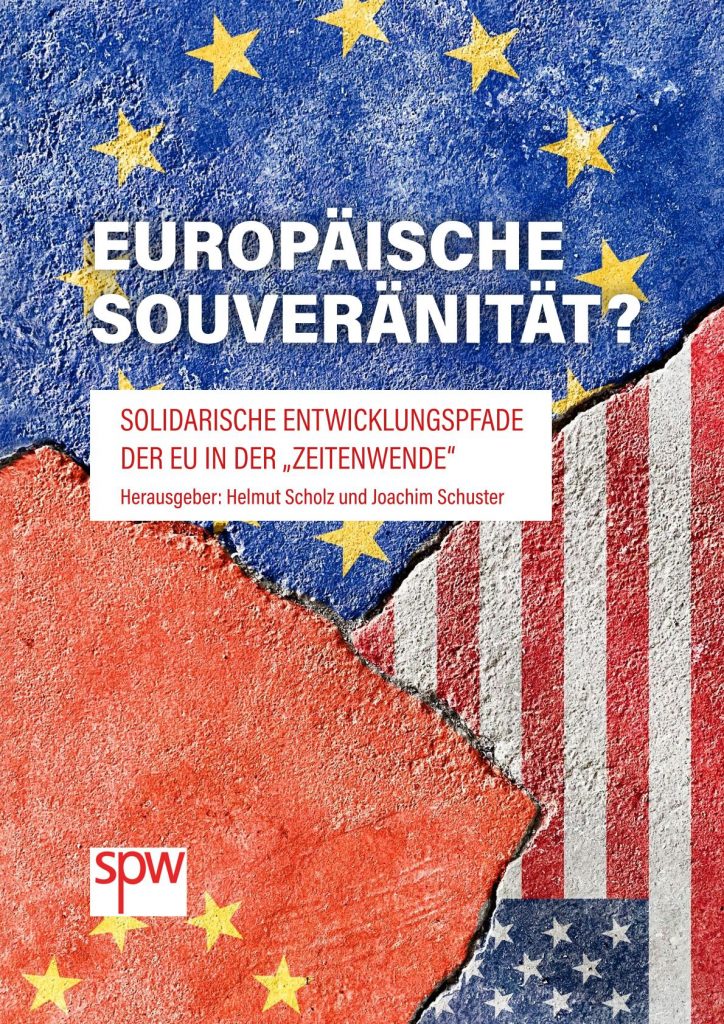In 2004, the EU and India agreed on a strategic partnership based on policy coordination and increasing trade volumes. This strategic partnership is to be guided by the following objectives: (1) multilateral international cooperation to promote peace, counter-terrorism, non-proliferation of weapons of mass destruction and human rights; (2) strengthening trade and business linkages, in particular through sectoral dialogues and regulatory and industrial policies; (3) cooperation in the areas of sustainable development, environmental protection, climate change mitigation and poverty alleviation; (4) continuous improvement of mutual understanding and contacts between civil societies
On July 15, 2020, the 15th Summit of Heads of State and Government took place. Both sides agreed on a joint roadmap intended to serve as a guideline for joint action and to further strengthen the strategic partnership until 2025.
Bilateral economic negotiations are an important pillar of this partnership. Both India and the EU are striving for a new generation of free trade agreements in order to promote the international competitiveness of their economies and thus growth and employment.
Although multilateral trade relations remain a priority for the EU, the EU’s previously cautious position towards bilateral free trade agreements has changed significantly in view of the stagnating WTO negotiations and the feared competitive disadvantages for European companies on the global markets due to bilateral agreements with important trading partners such as the USA. With a new generation of free trade agreements, the Indian government wants to overcome its isolation, secure and diversify sources of supply, open up new export markets and attract capital and technology. An important political motive here is to reduce economic and technological dependence on China.
The new generation of free trade agreements is comprehensive and broad-based. They include not only tariff provisions (customs duties or export subsidies) and the removal of non-tariff trade barriers, but also regulations on services and other trade-related aspects such as investments, an agreement on geographical indications of source (GIs) and competition issues.
A free trade agreement between the EU and India could help to dismantle existing trade barriers and give new impetus to bilateral cooperation. In addition to opportunities, however, it also harbors risks, e.g. for workers, small producers (SMEs), and the climate. Whether the political and military dimension of the strategic partnership is feasible and meets mutual expectations is fraught with uncertainty. In the webinar, we want to discuss the opportunities and risks with our guests from both regions.









